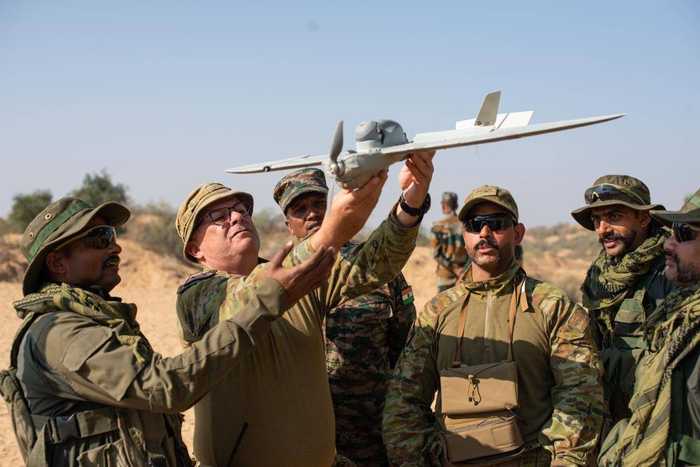Published 20:14 IST, September 6th 2024
How Advanced Electronic Fuzes are Revolutionising Precision in Modern Warfare
Electronic fuzes, often regarded as the "brains" of weapon systems, have significantly transformed modern warfare.
- Defence
- 3 min read
New Delhi, India: Fuzes are frequently referred to as the brains of weapon systems since they are essential in making sure that bombs explode at the exact moment that would maximise their impact. From using only mechanical fuzes to adopting advanced electronic fuzes presently, weapon design has come a long way. Technological advancements have been the driving force behind this progression, enabling the creation of extremely accurate and flexible fuzing devices.
Giving aerial weaponry a facelift
One of the best examples of how electronic fuzes have changed modern warfare is aerial weaponry. The integration of sophisticated electronic fuzes and guidance systems is primarily responsible for the transition from gravity-drop bombs, also referred to as “dumb bombs,” to Precision Guidance Munitions (PGMs). Electronic proximity fuzes, even with conventional gravity-drop munitions, greatly increase the effectiveness of these straightforward impact-based weapons by transforming them into extremely lethal airburst weapons.

These developments have made weapons versatile and able to adjust to different mission needs. One example is kamikaze drones, known as loitering munitions, designed to hover over a battlefield before hitting a predetermined target. Because of its unmatched accuracy, versatility, and lethality, this combination has completely changed the nature of combat by reducing collateral damage and enabling armed forces to attack with unprecedented precision.
Improving the accuracy of naval operations
The more sophisticated electronic underwater fuzes that provide increased accuracy and flexibility have replaced the mechanical fuzes used in naval missions. Modern electronic fuzes can be pre-programmed with different settings before deployment, unlike their mechanical counterparts, which rely on approximate calculations through timers. To ensure more accurate engagement of enemy assets, these options enable naval bombs to detonate on impact, after a delay, or at a preset depth where the target is located.
Enhancing land warfare with improved safety features
Electronic fuzes have significantly increased the accuracy and security of weaponry on land. Electronic arming processes are now incorporated into modern fuzes to lower the possibility of unintentional detonation during handling or transit. These fuzes have redundant mechanisms and several levels of safety to guarantee dependability and avert accidents. They are also more dependable in a variety of climates and topographies since they can adapt to environmental variables including temperature, altitude, and weather.

Modern anti-tank mines and network munitions have advanced fuzes with sensors that provide more accurate targeting of opposing vehicles. These fuzes can also be remotely controlled or deactivated, giving military personnel more effective battlefield control while lowering the risk to friendly forces. Fuses that may be programmed to differentiate between several target kinds provide a new tactical advantage by reducing casualties and eliminating hostile threats.
Enhancing India’s defence capabilities
Modern warfare has been changed by the increased precision, safety, and flexibility brought forth by the integration of advanced electronic fuzes throughout military systems. These fuzes provide unmatched control over detonation timing, environmental adaptability, and target distinctiveness whether used in airborne, marine, or land-based missions. Electronic fuzes will continue to pioneer warfare tactics in the twenty-first century as defence forces throughout the world, including India's progressive initiatives, embrace these technologies.
Updated 20:14 IST, September 6th 2024